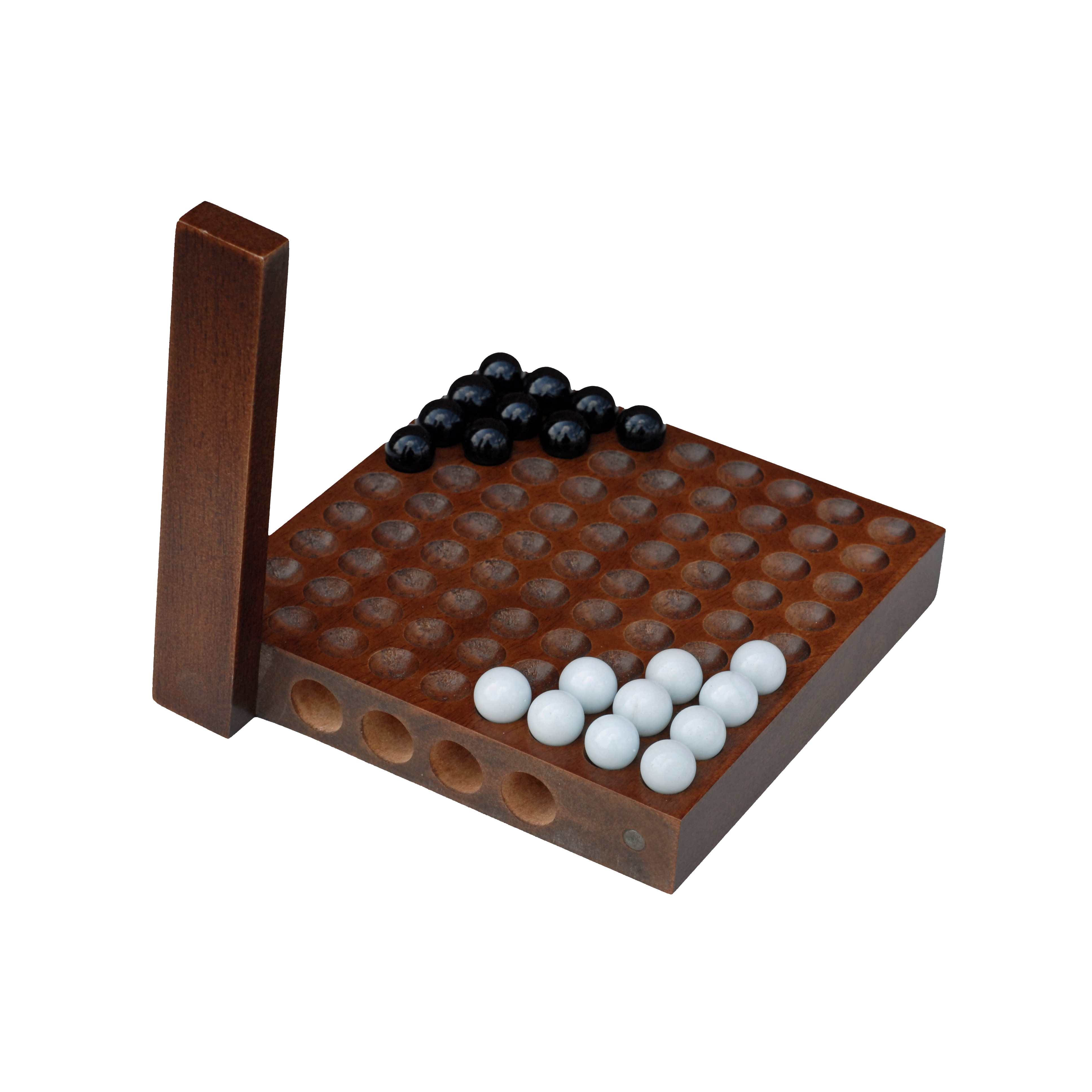

Blocking requires moving your pieces to locations on the board that prevent your opponent from jumping. It's useful both to frustrate the opponent and to delay any plans he starts to lay down. Jumps are typically marked with an "x," so taking the same piece from the first example and jumping an opponent piece would result in 12x19.īlocking in checkers is an important strategy in winning.

So, the first move of a game might be something like 12-16, which would be taking the dark piece that is farthest left in the third to bottom row and moving it one spot diagonally forward and to the right. We'll look at some of these strategies in the next section.Ī move is recorded by first listing the origin square and then the landing square. Now you can move this piece diagonally forward or backward to capture pieces or block your opponent.Īs we mentioned earlier, the directions, objects and rules are fairly straightforward, but like the best games, checkers has a deep strategy that has kept people playing for centuries. This means it will be crowned a king by having one of your previously captured pieces placed on top of it. If you're in position to make one of these capturing moves, you have to make it however, if you have multiple capturing moves available to you, you may choose which one you'd like to pursue.Įventually, at least one of your pieces should make it to the other side of the board. Once you've jumped a piece that piece is removed from the board. You can jump as many of your opponent's pieces in one turn as the board allows. You can jump over your opponent's pieces only if a blank square is open diagonally on the other side of it. Since the object of the game is to capture all your opponent's pieces, this is a vital step. These are diagonal "hops" that take place when your piece is diagonal from your opponent's piece.

The other type of move is called a capturing move. Computers and checkers also share an interesting connection, which you can read more about in the sidebar on this page. On top of being great teaching tools when learning the rules of the game, computerized versions can be excellent practice for newcomers and old hands alike. If you don't have a board or pieces lying around the house, don't worry - computer checkers is as common as computer chess and is easy to find online. We'll look thoroughly at this in the next section. You win by capturing all your opponent's pieces - without yours being captured in the process - or by leaving the opponent with no legal moves. The object of checkers, like most games, is to win. Once the board is set up, the players alternate making moves across the board. To set up a game, each player places his 12 discs on the dark squares closest to him, taking up a total of three rows. The board size is the same as in chess, and often the games are packaged together. checkers board consists of 64 squares that alternate between light and dark colors, typically black and white or black and red. Checkers is a two-player game in which each player gets 12 discs of either a light or dark color.


 0 kommentar(er)
0 kommentar(er)
